|
Hi All,
I wanted to give some suggestions of how to use the strategies we are learning in class at home or other locations. By now your kids should be familiar with the three brain functions of Amygdala, Prefrontal Cortex (PFC) and Hippocampus, especially if you give them reminders. To review: Amygdala: The flight, fright or flight part of our brain. (Good for dangerous situations but often is triggered by situations that it isn’t called for like before a test or if your parents suggests you clean your room.) Prefrontal Cortex: The reasoning part of our brain that can make ‘mindful’ decisions. Hippocampus: The part of our brain we use to memorize items such as our phone number, multiplications etc. The thing for us to realize is the Prefrontal Cortex can’t work well while the ‘Amygdala’ is going off so we have to calm our amygdala down first. Good for parents to know that sometimes we can’t push our kids too much while they are in this mode of brain so we have to help them calm this part of their brain down by breathing, music, snack, distraction etc. Once their Amygdala calms down, than they can use their Prefrontal Cortex. Our PFC has to be in charge before we can memorize so the hippocampus works so it is very important to learn how to use our Prefrontal Cortex in order to learn. The kids understand this although may need a reminder or which part of the brain does what. Sometimes in class when they start whining or not listening I ask them which part of the brain is in charge. It’s pretty interesting because they answer “Amygdala” and immediately calm down. Yay! I am hoping this can be a strategy you can use at home with them (as long as we don’t make it obnoxious and stressful, it should work!) Another thing they seem to have a basic understanding (again you may need to review a little) is being “Mindful”. Mindful means 1.) to pay attention to the moment (versus thinking about the past or future or being distracted by things around them.) 2.) Nonjudgemental. I have attached a sheet that reviews situations that are mindful or unmindful if you need to review this concept. Again when the kids aren’t paying attention or say something judgmental about another student (or even me!) I will remind them to be ‘mindful’ and usually they get right back on track. I’m hoping the parents can reinforce some of this language at home and it can be a tool for the students to learn to control their emotions. Last week we listened to a bell and the kids had to close their eyes when the bell would go off. Then it was a signal for deep breathing. When the bell went off again we could resume what we were doing. To help them be still we talked about how ‘frogs’ stood still for a long time before moving to catch a fly. So when the bell went off a second time they would try and catch the fly after they were still and did deep breaths. (Got to make it fun for them lol) I was hoping to send everyone a chime the parents could use to help them stop what they were doing and close their eyes and deep breath. Unfortunately the chimes aren’t loud enough! Oh well, the kids still had fun decorating them. Parents may want to invest in a chime, bell etc. and use it to help their children learn to close their eyes and breathe deep. This helps calm the Amygdala down. Since this is a new concept we will be practicing it throughout the lessons. I’m hoping this can be something they can train their brains to do. I’ll let you know if I think it works (lol). This week we will be talking about ‘mindful’ listening and seeing. Next week we will take these two concepts and practice them in context of social skills.
0 Comments
Week 2
This week we reviewed the parts of the brain: amygdala, prefrontal cortex and hippocampus. Then the kids closed their eyes for 30 seconds and we listened to the sounds around us. After they opened their eyes we made a list of items that we heard. We talked about how we had to quiet our brains down to pay attention to the sounds around us. We processed the sounds by using our prefrontal cortex and then remembered what we experienced and used our hippocampus. We were being ‘mindful’. Then we discussed what ‘mindful’ is: 1. Being in the here and now. 2. Nonjudgmental. We then had each child choose a paper with an example of someone being mindful or unmindful. All the kids seemed to understand the concept. An example of being unmindful would be something like, “Not trying a new food because it looks funny.” An example of ‘mindful’ would be “Listening to directions given by your teacher even if you think you know how to do the problem on the page.” After that, I read the book, “Simon's Hook; A Story About Teases and Put-downs” http://www.amazon.com/Simons-Story-About-Teases-Put-downs/dp/0966853016/ref=cm_cr_pr_product_top/189-5975299-6035352. This is an incredible book about ways to deal with teasing. The kids love this book! I highly recommend it. It is full of strategies to deal with teasing that the kids grasp really fast. We talked about what people were doing in the book and if it was ‘mindful’ or not ‘mindful’. Next week we will play a game so kids can practice the strategies on how to handle teasing… thus learning to be more mindful. We will also discuss listening with mindfulness. I am teaching new classes for kids using "Mind Up". Mind Up is an evidenced based, social and emotional program of The Hawn Foundation built upon neuroscience, positive psychology, and mindful awareness training. The “Mind Up” curriculum uses research-based lessons with the latest information about the brain to improve behavior and learning. It is shown to enhance perspective taking, empathy and kindness as well as fostering complex problem solving skills.
As I teach my classes I will post lessons/thoughts as I go along. Thus those who are interested can learn as the kids in my classes learn.People can buy the "Mind Up" manuals on Amazon. There are three different manuals written for different age groups. They are the same lessons—just adapted for age groups. All manuals are under $20.00. Our first lesson covered how the brain works. Of course in my class I brought in a cauliflower head to demonstrate the brain. Also a poster of the brain. Here is the information: AMYGDALA: Feeling frightened? Upset? The Amygdala is on alert! It regulates and blocks information from going to your prefrontal cortex (PFC), so you can react in a flash. When you feel safe and happy, the Amygdala will pass information on to the PFC so you can think. PREFRONTAL CORTEX: The prefrontal Cortex uses important information to focus, decide, compute and analyze, and reason. Here’s the catch: the PFC gets information only when the amygdala is calm. Then it passes on to the hippocampus any info worth remembering. HIPPOCAMPUS: The hippocampus creates, stores and processes all important facts and memories the PFC passes on to it—such as birthdays, your friends e-mail , addresses and the brisk salty smell of the ocean. Breathing: Anytime you’re stressed out, breathing can come to the rescue. Deep full breathing calms your amygdala and helps you think and remember clearly. What can we learn from this? When we are stressed we go into a flight, fright or flight mode and it is hard to reason and learn, thus we have to calm our brain down enough so the prefrontal cortex can take over and ‘reason’. We are hoping that each kid taking “Mind Up” will learn a few strategies that will work for them to calm down the amygdala so their prefrontal cortex can reason and learn better. The students looked at a diagram of the brain, got to take home brain erasers and looked at a bottle with sand in it.representing our brain when we are frustrated. This shows that when we are ‘shaken’ or surprised or stressed it is like this bottle getting shaken. Then we need to calm down (watch the items clear up) before thinking clearly and make important decisions. We need to figure out ways to calm our ‘amygdala’ down. |
AuthorI am a mother of 3. I have a passion for helping kids feel comfortable in their 'own skin'. Archives
March 2021
Categories
All
|
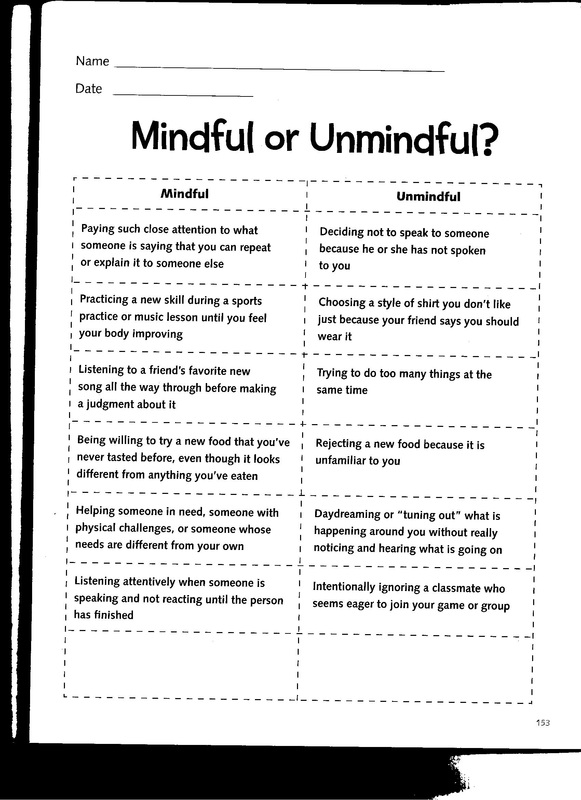
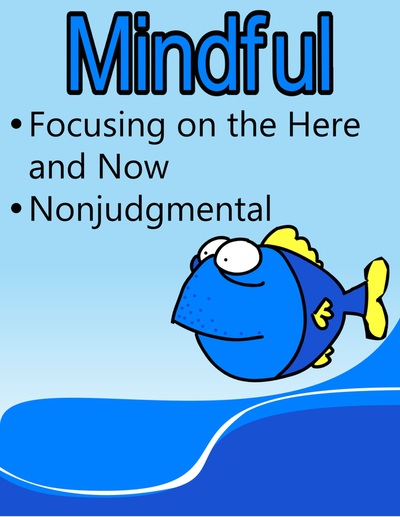
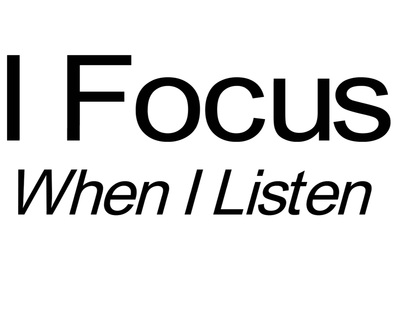
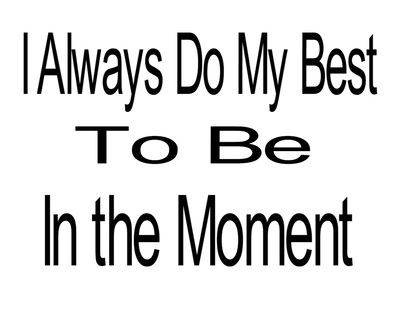
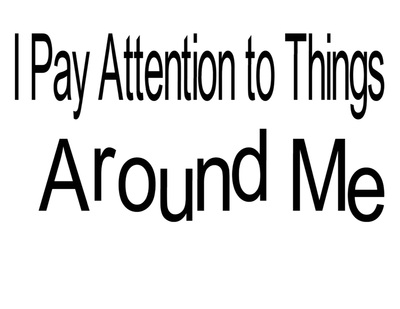
 RSS Feed
RSS Feed
